$40,000 — $60,000
The price tag to develop a simple app
$4,000 — $10,000
The cost for a modern, professional website
$800 — $2000
The price for logo design
. . .
If you’re an aspiring entrepreneur with the desire to build your own business from the ground up, running the above numbers in your head can be a daunting task, to say the least.
Say you possess that rare mix of confidence, perseverance, and risk tolerance needed to be successful.
What you don’t have? Tens of thousands in capital to build your business.
In decades past, this crucial detail was enough to discourage anyone from pursuing their dream.
Fast-forward to today: the advent of the no-code revolution makes it so that you no longer need to spend a fortune to procure a simple website, logo design, and web app — you can do it all yourself at a fraction of the cost.
In fact, no code platforms like Thunkable allow you to build your own app; Webflow empowers you to create your own website in a matter of hours; and you can create a visually compelling logo with the easy-to-use design software Canva.
And get this: you don’t have to know a single line of code to use them.
You don’t have to be a professional developer or even a proficient designer.
All you need is your vision.
Bootstrapping your own startup with no-code
“What I really think about is this whole space is helping everyone build,” says co-founder and CEO of Draftbit, Brian Luerssen, who believes in a world where everyone can launch new products, create new businesses, and iterate faster.
“The ability to build personal apps and tools is something that’s never been possible unless you were a software engineer,” Luerssen notes. “There is enormous value in enabling the billion people on the planet who use software to be able to create their own,” he says.
“Whether they’re technical, semi technical, non technical, whatever level of technical they are — there’s going to be a tool and a platform that will help them actually build their own software.”
I couldn’t agree more. Back in 2006, I started my no-code company, Jotform, without a dime in outside funding. We’ve always been bootstrapped, growing steadily from a simple web tool into a product that now serves more than 10 million users.
Here’s the thing: I had the distinct advantage of being a tech developer all those years ago. But that’s exactly the reason I wanted to focus on building no-code tools. So that everyone had the same access I did.
Thanks to the no-code movement, if you’re a newly minted college graduate without deep pockets, you can now easily forge your own career without hiring an expensive development team.
“Decades ago, software and the internet were built by a few of the smartest people in the world. These people spent months and lots of money just to develop prototypes and basic websites,” writes Forbes contributor, Ethan Lu. “Today, we have many tools that allow non-technical founders to create not only prototypes, but finished products.”
When speaking to how the no-code movement will disrupt the tech industry, Lu offers up the perfect illustration:
“Shopify allows a 15-year-old girl to start selling her homemade lemonade to millions of people,” he explained. “There are many other companies, such as Zapier and Airtable, that empower non-technical founders to create the product they have in mind on their terms within minutes.”
4 things to know when bootstrapping your startup
Some of the biggest companies in the world started out from one good idea and little to no money. If you are thinking about bootstrapping your own startup with no-code, here are a few things you should keep in mind:
1. Hold on to your full time job.
Most aspiring entrepreneurs I’ve mentored are surprised to learn I didn’t quit my day job 15 years ago when launching my business. There’s this prevailing myth that makes people believe they have to “go all in” and risk everything to be successful — but I’m here to tell you that line of thinking isn’t only false, it’s harmful. Staying employed helps you learn about the industry and develop the skills that will end up benefiting your startup. I am proof that you can hold on to your 9 to 5 AND build a company without any outside funding.
Which leads me to my next point…
2. Focus on value.
Contrary to popular belief: You don’t need VC funds to deliver real value. What’s important is this: help solve a real problem for customers. For instance, before starting Jotform, I noticed the low quality of the products in the form-building space — that’s what started me thinking about an easy drag-and-drop tool. Sometimes solutions are right in front of you, if only you pay close enough attention.
3. Stay flexible.
One of the greatest advantages no-code offers right now, is the ability to dip your toes in a new venture before blindly leaping in. Since there’s less money to risk, if you build an app you’re not excited about, you can start again from scratch. You don’t have to be tied down to an idea if something’s not working.
4. Stick to slow growth.
Jotform is profitable in an industry with big-name competitors like Google. All of that didn’t happen overnight. Since the beginning, the freedom to create a meaningful business, on my own terms, was worth more than growing at record speed. I’ve written before about the benefits of a slow-burn startup — the gist being that it gives you the space and freedom to grow on your own schedule, and lets you focus on producing the best-quality product you can.
That’s what’s given us a competitive advantage all these years later, and it’s what I’d like for my fellow entrepreneurs as well.
Doing things our own way.


























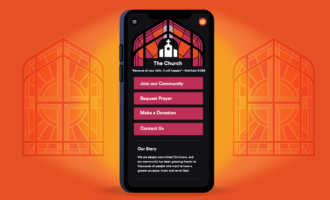






















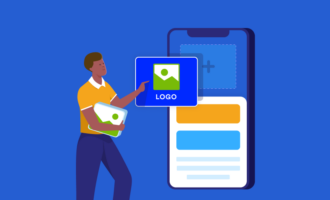










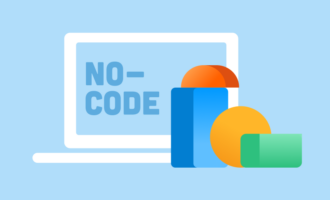






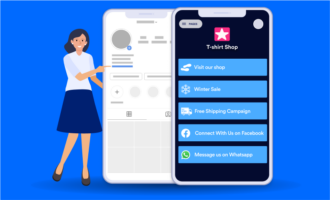





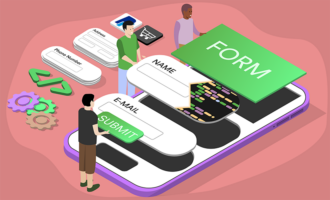





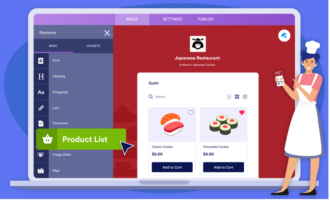


Send Comment: